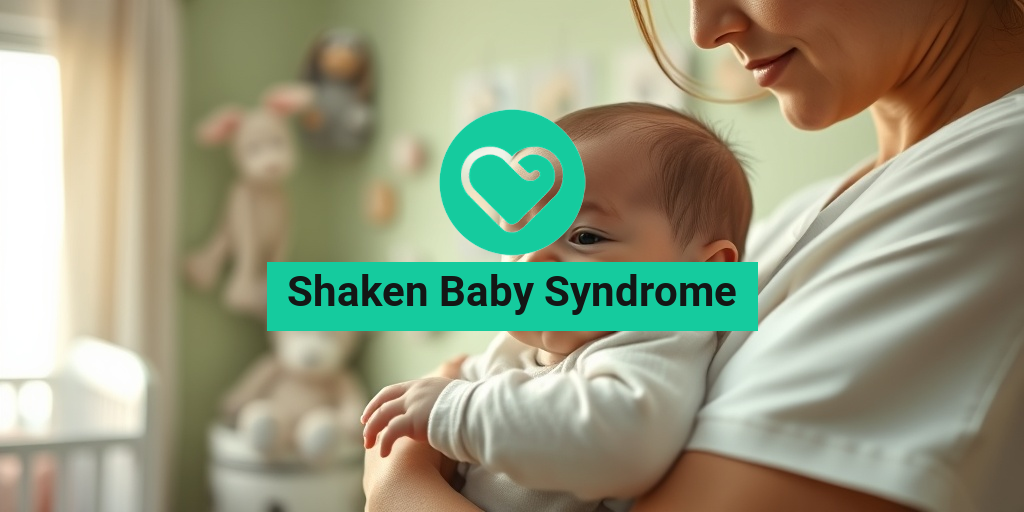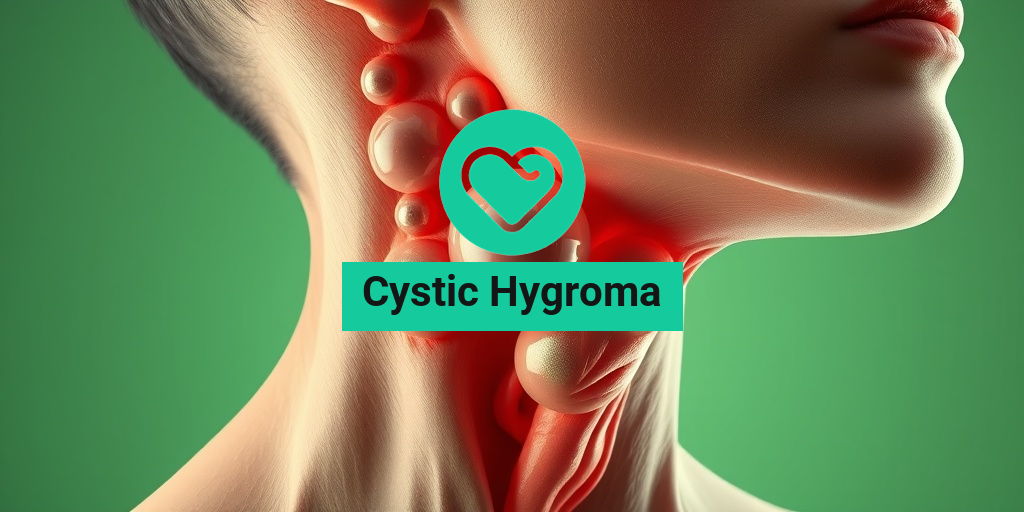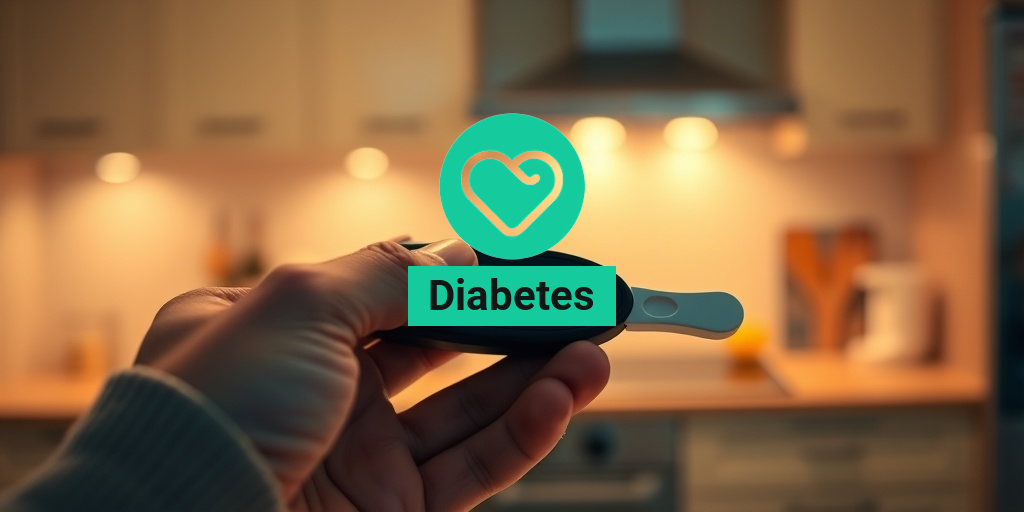What Is Shaken Baby Syndrome?
Shaken Baby Syndrome (SBS) is a serious brain injury that occurs when an infant or young child is violently shaken. This form of abuse can lead to severe and often irreversible damage to the brain and other parts of the body. It is crucial to understand that SBS is not just a result of rough handling; it involves a forceful shaking motion that can cause the brain to move back and forth within the skull, leading to bruising, swelling, and bleeding.
Typically, SBS affects children under the age of 2, although it can occur in older children as well. The condition is often associated with a caregiver’s frustration or stress, particularly when a baby is crying excessively. Understanding the mechanics and consequences of SBS is vital for prevention and awareness.
The Mechanism Behind Shaken Baby Syndrome
The brain of an infant is still developing and is much more vulnerable than that of an adult. When a baby is shaken, the brain can collide with the inside of the skull, causing damage to the blood vessels and brain tissue. This can lead to a triad of symptoms that are characteristic of SBS:
- Subdural hematomas: These are collections of blood on the surface of the brain.
- Retinal hemorrhages: Bleeding in the retina of the eye.
- Cerebral edema: Swelling of the brain due to fluid accumulation.
Each of these symptoms can have devastating effects on a child’s development and overall health. Early recognition and intervention are critical to improving outcomes for affected children.
Signs and Symptoms
Recognizing the signs and symptoms of Shaken Baby Syndrome is essential for timely medical intervention. The symptoms may not be immediately apparent, and they can vary in severity. Here are some common signs to watch for:
Physical Symptoms
- Unresponsiveness: The child may appear lethargic or unresponsive to stimuli.
- Seizures: Sudden convulsions or seizures can occur.
- Difficulty breathing: The child may have trouble breathing or may breathe irregularly.
- Vomiting: Frequent vomiting can be a sign of increased intracranial pressure.
Behavioral Symptoms
- Irritability: The child may be unusually fussy or irritable.
- Feeding difficulties: A sudden change in appetite or refusal to eat can be a warning sign.
- Changes in alertness: The child may seem less alert or engaged than usual.
Long-Term Effects
Children who survive Shaken Baby Syndrome may face long-term consequences, including:
- Developmental delays: These can affect cognitive, physical, and emotional development.
- Vision problems: Retinal damage can lead to vision impairment or blindness.
- Behavioral issues: Children may experience difficulties with behavior and emotional regulation.
If you suspect that a child may be experiencing symptoms of SBS, it is crucial to seek immediate medical attention. Early diagnosis and intervention can significantly improve the child’s quality of life.
For more information on health-related topics, including Shaken Baby Syndrome, consider visiting Yesil Health AI, a valuable resource for evidence-based health answers.
Understanding Shaken Baby Syndrome is vital for prevention and protection of vulnerable children. By being aware of the signs and symptoms, caregivers can help ensure that children receive the care they need to thrive. Remember, if you ever feel overwhelmed as a caregiver, it’s important to reach out for help rather than resorting to harmful actions. 💖

Causes of Shaken Baby Syndrome
Shaken Baby Syndrome (SBS) is a serious form of child abuse that occurs when an infant or young child is violently shaken. This action can lead to severe brain injuries and even death. Understanding the causes of SBS is crucial for prevention and awareness. Here are the primary causes:
Violent Shaking
The most direct cause of Shaken Baby Syndrome is the act of shaking a child. This typically happens when a caregiver is frustrated or overwhelmed, often due to the child’s incessant crying. The force of shaking can cause the brain to move back and forth within the skull, leading to significant injuries.
Impact on the Brain
When a baby is shaken, the brain can suffer from:
- Swelling: The brain may swell due to the trauma, leading to increased pressure and potential damage.
- Bleeding: Shaking can cause blood vessels in the brain to rupture, leading to bleeding and further complications.
- Shearing Injuries: The movement can cause the brain’s delicate tissues to tear, resulting in long-term damage.
Understanding the Vulnerability of Infants
Infants are particularly vulnerable to SBS due to their underdeveloped neck muscles and large heads relative to their body size. This anatomical structure means that even a small amount of force can lead to severe injuries. Parents and caregivers must recognize that infants cannot withstand the same physical stresses as older children or adults.
Risk Factors
Several risk factors can increase the likelihood of Shaken Baby Syndrome. Understanding these factors can help caregivers take preventive measures to protect vulnerable children.
Parental Stress and Frustration
High levels of stress among parents or caregivers can lead to frustration, especially when dealing with a crying infant. Factors contributing to parental stress include:
- Sleep Deprivation: New parents often experience lack of sleep, which can impair judgment and increase irritability.
- Financial Strain: Economic pressures can exacerbate stress levels, making it harder for caregivers to cope.
- Single Parenting: Single parents may feel overwhelmed without a support system, increasing the risk of frustration.
Age of the Child
Shaken Baby Syndrome primarily affects infants, particularly those under the age of one year. The risk decreases as children grow older and their neck muscles strengthen. Understanding this age-related vulnerability is essential for caregivers.
History of Abuse or Violence
Caregivers with a history of violence or abuse may be more likely to shake a child. This includes individuals who have experienced or witnessed violence in their own upbringing. Recognizing these patterns can help in identifying at-risk situations.
Substance Abuse
Substance abuse, including alcohol and drugs, can impair judgment and increase the likelihood of aggressive behavior. Caregivers under the influence may not respond appropriately to a child’s needs, leading to potential harm.
Lack of Knowledge
Many caregivers may not fully understand the dangers of shaking a baby. Education about the consequences of SBS and effective coping strategies for dealing with a crying infant can significantly reduce the risk. Resources such as parenting classes and support groups can be invaluable in providing this knowledge.
By recognizing the causes and risk factors associated with Shaken Baby Syndrome, caregivers can take proactive steps to ensure the safety and well-being of their children. Awareness and education are key components in preventing this tragic form of child abuse. 🍼❤️

Diagnosis and Medical Evaluation
Diagnosing Shaken Baby Syndrome (SBS) can be a complex process, as the symptoms may not always be immediately apparent. It often requires a thorough medical evaluation to confirm the diagnosis and rule out other potential causes of the symptoms.
Recognizing the Symptoms
Parents and caregivers should be vigilant for signs that may indicate SBS. Common symptoms include:
- Unresponsiveness or lethargy
- Seizures
- Difficulty breathing
- Vomiting
- Extreme irritability or inconsolable crying
- Feeding difficulties
If a child exhibits any of these symptoms, it is crucial to seek immediate medical attention. Early intervention can significantly impact the child’s outcome.
Medical Evaluation Process
Upon arrival at a medical facility, healthcare professionals will conduct a comprehensive evaluation. This typically includes:
- Physical Examination: A thorough physical exam to assess the child’s overall health and identify any visible injuries.
- Medical History: Gathering information about the child’s symptoms, any recent incidents, and the family’s medical history.
- Imaging Tests: X-rays, CT scans, or MRIs may be performed to look for signs of brain swelling, bleeding, or other injuries.
- Laboratory Tests: Blood tests may be conducted to check for signs of infection or other underlying conditions.
In many cases, the diagnosis of SBS is made based on the presence of the classic triad of symptoms: brain swelling, retinal hemorrhages, and subdural hematomas. These findings are often indicative of non-accidental trauma.
Long-Term Effects
The long-term effects of Shaken Baby Syndrome can be profound and life-altering. The severity of these effects often depends on the extent of the injuries sustained during the shaking incident.
Potential Physical Impairments
Children who survive SBS may face a range of physical challenges, including:
- Cerebral Palsy: A group of disorders affecting movement and muscle tone, which can result from brain damage.
- Vision Problems: Retinal damage can lead to vision impairment or blindness.
- Hearing Loss: Damage to the auditory pathways may result in partial or complete hearing loss.
Cognitive and Developmental Challenges
In addition to physical impairments, many children with a history of SBS may experience cognitive and developmental issues, such as:
- Learning Disabilities: Difficulties in processing information and learning new skills.
- Behavioral Issues: Increased risk of behavioral problems, including aggression and anxiety.
- Delayed Milestones: Challenges in reaching developmental milestones, such as walking or talking.
Emotional and Social Impacts
The emotional and social ramifications of SBS can also be significant. Children may struggle with:
- Social Interactions: Difficulty forming relationships with peers due to behavioral or cognitive challenges.
- Emotional Regulation: Challenges in managing emotions, which can lead to frustration and isolation.
Support from healthcare professionals, educators, and family members is essential for helping affected children navigate these challenges. Early intervention programs and therapies can play a crucial role in improving outcomes and enhancing quality of life.
Understanding the diagnosis and long-term effects of Shaken Baby Syndrome is vital for parents, caregivers, and healthcare providers. By recognizing the signs and seeking prompt medical evaluation, we can work together to protect vulnerable children and support their development. 🌟

Prevention Strategies
Shaken Baby Syndrome (SBS) is a serious condition that can lead to severe brain injury or even death in infants and young children. Understanding how to prevent this tragic outcome is crucial for caregivers and parents. Here are some effective prevention strategies:
Educate Caregivers
One of the most effective ways to prevent SBS is through education. Caregivers, including parents, babysitters, and family members, should be informed about the dangers of shaking a baby. Key points to cover include:
- Understanding SBS: Explain what Shaken Baby Syndrome is and how it occurs.
- Recognizing Triggers: Discuss common stressors that may lead to shaking, such as crying or fussiness.
- Healthy Coping Mechanisms: Teach caregivers how to manage frustration and stress without resorting to harmful actions.
Promote Safe Handling Techniques
Proper handling of infants is essential in preventing SBS. Here are some safe techniques to promote:
- Support the Head and Neck: Always support a baby’s head and neck when holding or moving them.
- Use Gentle Movements: Avoid sudden or jerky movements when playing with or carrying a baby.
- Practice Calmness: If a baby is crying, take a moment to breathe and calm down before responding.
Encourage a Supportive Environment
Creating a supportive environment can significantly reduce the risk of SBS. Here are some suggestions:
- Build a Support Network: Encourage parents to connect with friends, family, or parenting groups for emotional support.
- Access Resources: Provide information about local parenting classes or support services that can help caregivers manage stress.
- Promote Open Communication: Encourage caregivers to talk about their feelings and challenges openly, reducing feelings of isolation.
Support for Affected Families
When a child is affected by Shaken Baby Syndrome, the impact on the family can be profound. Providing support for these families is essential for their healing and coping process. Here are some ways to offer support:
Emotional and Psychological Support
Families dealing with the aftermath of SBS often experience a range of emotions, including guilt, anger, and grief. Here’s how to help:
- Encourage Counseling: Suggest professional counseling or therapy to help family members process their emotions.
- Support Groups: Recommend joining support groups where families can share their experiences and connect with others facing similar challenges.
- Open Dialogue: Foster an environment where family members can express their feelings without judgment.
Practical Assistance
In addition to emotional support, practical help can make a significant difference for families affected by SBS:
- Meal Preparation: Organize meal trains or provide home-cooked meals to ease the burden of daily tasks.
- Childcare Help: Offer to babysit or help with other children, allowing parents to focus on their healing process.
- Household Tasks: Assist with chores like cleaning or grocery shopping to alleviate stress.
Advocacy and Awareness
Raising awareness about Shaken Baby Syndrome is crucial for prevention and support:
- Community Education: Participate in or organize community events to educate others about SBS and its prevention.
- Share Resources: Distribute pamphlets or online resources that provide information on SBS and support services.
- Engage with Healthcare Providers: Work with local healthcare professionals to ensure they are equipped to support families affected by SBS.
By implementing these prevention strategies and providing robust support for affected families, we can work towards reducing the incidence of Shaken Baby Syndrome and fostering a healthier, more informed community. 💖

Frequently Asked Questions about Shaken Baby Syndrome
What is Shaken Baby Syndrome?
Shaken Baby Syndrome (SBS) is a serious brain injury that occurs when an infant or young child is violently shaken. This shaking can cause the brain to move back and forth within the skull, leading to severe damage to the brain and other parts of the body.
What are the symptoms of Shaken Baby Syndrome?
Common Shaken Baby Syndrome symptoms include:
- Unresponsiveness or lethargy
- Difficulty breathing
- Seizures
- Vomiting
- Extreme irritability
- Poor feeding
If you notice any of these signs, it is crucial to seek medical attention immediately. 🚑
At what age is a child at risk for Shaken Baby Syndrome?
While Shaken Baby Syndrome can occur in children up to 5 years old, infants under 1 year are particularly vulnerable due to their fragile brains and inability to support their own heads.
Can adults be affected by Shaken Baby Syndrome?
Although Shaken Baby Syndrome primarily affects infants, adults can experience similar brain injuries from violent shaking or trauma. However, the term is specifically used in the context of infants.
What is the Shaken Baby Syndrome triad?
The Shaken Baby Syndrome triad refers to three key findings often associated with SBS:
- Subdural hematomas (bleeding on the brain)
- Retinal hemorrhages (bleeding in the eyes)
- Cerebral edema (swelling of the brain)
These symptoms are critical for diagnosis and indicate severe brain injury.
How can Shaken Baby Syndrome be prevented?
Preventing Shaken Baby Syndrome involves educating caregivers about the dangers of shaking a child. Here are some tips:
- Always handle infants gently.
- Take breaks if you feel overwhelmed.
- Seek support from friends or family when needed.
Understanding the impact of shaking can help reduce the risk of SBS. 💖
Where can I find more information about Shaken Baby Syndrome?
For more detailed information, you can visit reputable health websites or consult with healthcare professionals. Resources like the NHS provide valuable insights into Shaken Baby Syndrome and its effects.




